 China has the biggest footprint in Asia, while this post targets China, it is aimed at the whole Asian region, from India to Japan.
China has the biggest footprint in Asia, while this post targets China, it is aimed at the whole Asian region, from India to Japan.
Apart from China’s political policy and human rights abuses China faces massive problems.
I am quite comfortable in saying that I would never consider knowingly buying any foodstuff from China or any region in Asia.
The problem is how to identify.
Panga, a fish from Vietnam is no problem, the supermarkets are full of the shit.
But when you consider that 34% of mushrooms in America come from China, you may not buy them, but what about the restaurants that use them. Then there is 16% of frozen spinach, 27% of garlic, 49% of apple juice, the list goes on. It’s hard to identify.
When you read statistics like these:
:: A fifth of China’s land is polluted. The FAO/OECD report gingerly calls this problem the “declining trend in soil quality.” Fully 40 percent of China’s arable land has been degraded by some combination of erosion, salinization, or acidification — and nearly 20 percent is polluted, whether by industrial effluent, sewage, excessive farm chemicals, or mining runoff, the FAO/OECD report found.
:: China considers its soil problems “state secrets.” The Chinese government conducted a national survey of soil pollution in 2006, but it has refused to release the results. But evidence is building that soil toxicity is a major problem that’s creeping into the food supply. In May 2013, food safety officials in the southern city of Guangzhou found heightened levels of cadmium, a carcinogenic heavy metal, in 8 of 18 rice samples picked up at local restaurants, sparking a national furor. The rice came from Hunan province — where “expanding factories, smelters and mines jostle with paddy fields,” the New York Times reported. In 2011, Nanjing Agricultural University researchers came out with a report claiming they had found cadmium in 10 percent of rice samples nationwide and 60 percent of samples from southern China.
:: China’s food system is powered by coal. It’s not just industry that’s degrading the water and land China relies on for food. It’s also agriculture itself. China’s food production miracle has been driven by an ever-increasing annual cascade of synthetic nitrogen fertilizer (it now uses more than a third of global nitrogen output) — and its nitrogen industry relies on coal for 70 percent of its energy needs. To grow its food, in other words, China relies on an energy source that competes aggressively with farming for water.
:: Five of China’s largest lakes have substantial dead zones caused by fertilizer runoff. That’s what a paper by Chinese and University of California researchers found after they examined Chinese lakes in 2008. And heavy use of nitrogen fertilizer takes its toll on soil quality, too. It causes pH levels to drop, turning soil acidic and less productive — a problem rampant in China. Here’s a 2010 Nature article on a national survey of the nation’s farmland:
Go and read these statistics: Grist
Read about another side of this sad problem: Not even good enough for dog food: Imported food from China loaded with chemicals, dyes, pesticides and fake ingredients.
It gets worse:
Nearly 20 million people in China could be exposed to water contaminated with arsenic, a study suggests.
Scientists used information about the geology of the country to predict the areas most likely to be affected by the poison.
The report is published in the journal Science.
Arsenic occurs naturally in the Earth’s crust, but if it leaches into groundwater, long-term exposure can cause serious health risks.
These include skin problems and cancers of the skin, lungs, bladder and kidney.
Which means this is the water also used for agriculture, food products for export. Their arsenic is ending is ending up in our food chain.
Governments are bending over backwards to do business with Asia, particularly China.
Even Japan now has a major problem with radioactive contaminants.
They should be legislating to BAN Asian food products from the shelves of the western world.
Especially in China’s case, they are exporting mainly poison and cancers!










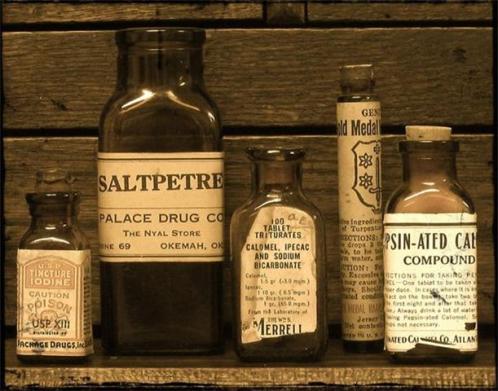

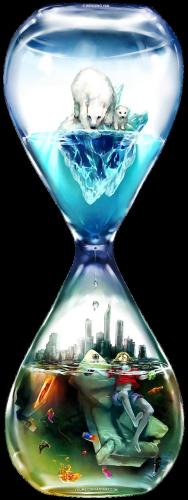
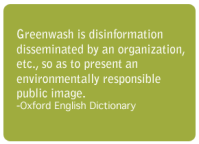
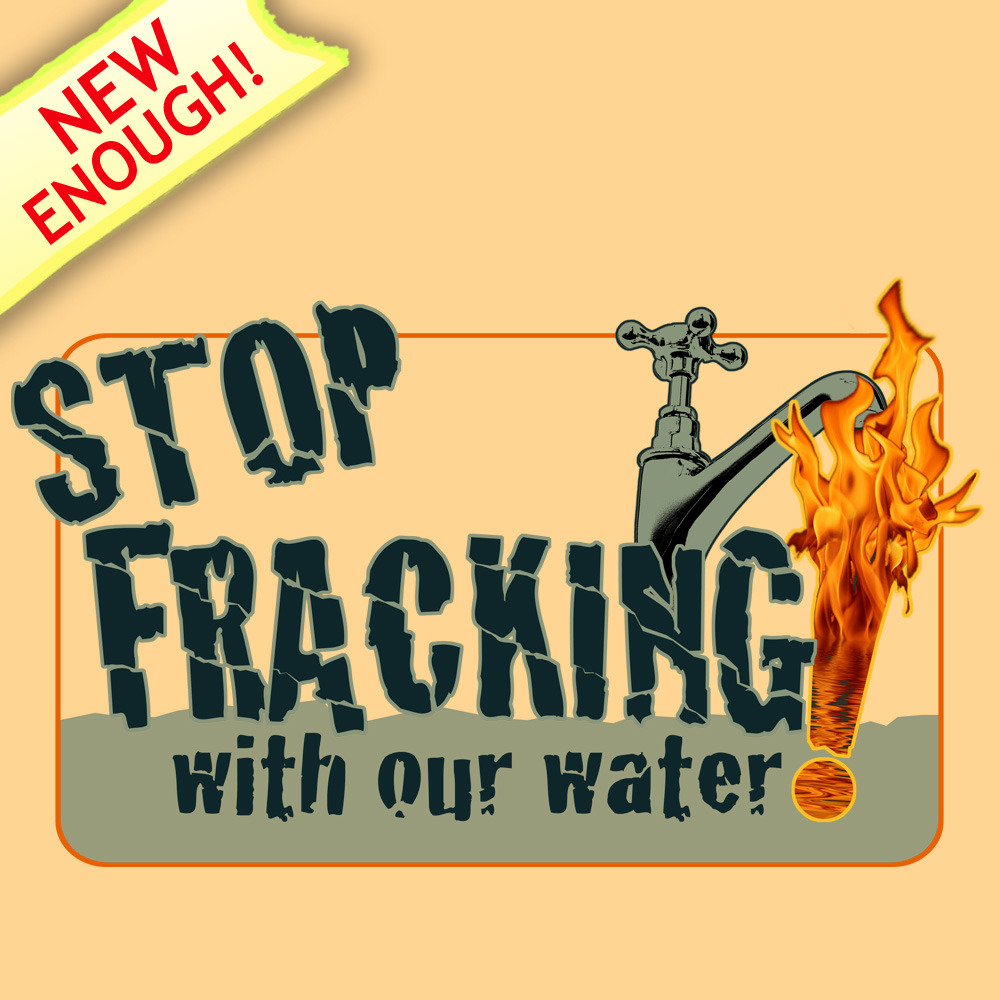

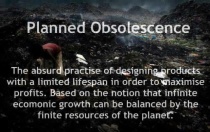





Posted by livingsimplyfree on August 26, 2013 at 12:58 am
My local grocery store has more produce from other countries than my own. To think a country the size of the US imports so much food we can easily grow somewhere on our content imports so much is sad. I refuse to buy anything made in China. It’s not easy some days, but I feel it’s important.
LikeLike
Posted by argentumvulgaris on August 26, 2013 at 1:14 pm
>lsf, actually that is part of the problem; the USA is losing it’s ability to grow enough. Through climate change, past ag practices and fracking, the water is just ‘disappearing’. I also shy away from ALL Chinese made products.
AV
LikeLike
Posted by livingsimplyfree on August 26, 2013 at 4:32 pm
I wish more people would refuse to buy Chinese made products, I know we can’t return to a protectionist mentality, while at the same time I think we could produce much more in our own countries and solve so many of our problems, of course it wouldn’t hurt to reduce the ‘wants” to “needs”.
LikeLike
Posted by CelloMom On Cars on August 28, 2013 at 3:28 pm
Whoa! I didn’t know about the mushrooms and the apple juice. (Apple juice!) But I do tend to stay away from foods produced in China. Come to think of it, I try to stay away from most foods produced conventionally in the US as well. We’ve moved farther down the food chain (mostly vegetarian now), which makes it easier to pay the extra for the organic option.
LikeLike
Posted by argentumvulgaris on August 28, 2013 at 8:52 pm
>Cello, there’s no end of the food products that we are exposed to from China and other Asian countries.
AV
LikeLike